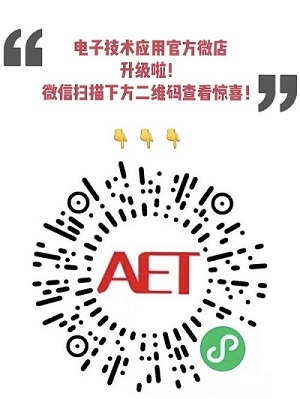人工智能時代反壟斷法的挑戰:算法共謀的競爭威脅與制度構建
網絡安全與數據治理 11期
劉奕麟
(吉林大學法學院,吉林長春130000)
摘要: 算法共謀對市場造成的威脅主要表現為:一方面,軸輻算法通過使用相同的第三方平臺來決定他們的定價策略,從而形成一個輪輻機制,促進了信息的交換;另一方面,自學習算法可以在沒有信息共享或明確的協調行為的情形下,達成隱蔽的自主性共謀以促成規避競爭的效果。而目前反壟斷法的分析框架在解決算法共謀的認定問題上掣襟露肘。主要表現為:算法共謀在技術上存在著隱蔽性并難以證明,串通行為的認定存在爭議,算法共謀的歸責標準缺位。首先,在制度層面,既要注重公平競爭與消費者保護,也要兼顧效率目標,來開展算法技術創新和發展。其次,在技術標準層面,擴展更新現有標準中關于串通的定義和協同行為的認定范圍,解決算法黑箱與算法共謀的隱蔽性問題。最后,構建和明確算法共謀的責任歸屬,經營者對算法共謀結果的疏忽可以被解釋為具有反競爭的意圖。
中圖分類號:D922
文獻標識碼:A
DOI:10.19358/j.issn.2097-1788.2023.11.011
引用格式:劉奕麟.人工智能時代反壟斷法的挑戰:算法共謀的競爭威脅與制度構建[J].網絡安全與數據治理,2023,42(11):58-63,79.
文獻標識碼:A
DOI:10.19358/j.issn.2097-1788.2023.11.011
引用格式:劉奕麟.人工智能時代反壟斷法的挑戰:算法共謀的競爭威脅與制度構建[J].網絡安全與數據治理,2023,42(11):58-63,79.
The challenge of Antitrust Law in the AI era: the competitive threat of algorithmic collusion and rule improvement
Liu Yilin
(School of Law, Jilin University, Changchun 130000,China)
Abstract: Algorithmic collusion poses a threat to the marketplace in that, on the one hand, Hub and Spoke Complicity uses the same third-party platforms to determine their pricing strategies, thus creating a Hub-and-Spoke setup that facilitates the exchange of information; on the other hand, Digital Eye can enter into covert autonomous conspiracies to facilitate competition avoidance without information sharing or explicit coordination behavior. The current analytical framework of Antitrust Law is limited in addressing the issue of algorithmic conspiracy. This dilemma is mainly manifested by the technical concealment and difficulty in proving algorithmic collusion, the controversial determination of collusion, and the lack of attribution criteria for algorithmic conspiracy. Therefore, at the level of institutional improvement, it is necessary to take into account both fair competition and consumer protection as well as efficiency goals, and not to inhibit the technological innovation and development of algorithms. Secondly, it is necessary to expand and update the definition of collusion and the criteria for identifying collaborative behavior in the existing regulations, so as to technically solve the problem of the concealment of algorithmic black box and algorithmic collusion. Finally, construct and clarify the attribution of responsibility for algorithmic collusion, and the operator′s negligence in the result of algorithmic collusion can be interpreted as having the intention to restrict competition.
Key words : algorithmic collusion; cooperative behavior; Hub and Spoke Complicity; self-learning algorithm; antitrust law
1算法共謀對市場競爭的挑戰
算法本質上是將輸入轉換為輸出的一系列操作。在OECD 2017年的研究報告中,將算法定義為:“算法是一組明確的、精確的、簡單操作的列表,這些操作被機械地和系統地應用于一組指令或物體,例如,國際象棋棋子的配置、數字、蛋糕成分等。”指令的初始狀態是輸入,最后的狀態是輸出。[1]算法基于其開發和使用目的的不同,可以按照其功能類型進行有效的分類,具體可以劃分為11個類別[2],如表1所示。

本文下載請點擊:人工智能時代反壟斷法的挑戰:算法共謀的競爭威脅與制度構建AET-電子技術應用-最豐富的電子設計資源平臺 (chinaaet.com)
作者信息:
劉奕麟
(吉林大學法學院,吉林長春130000)

此內容為AET網站原創,未經授權禁止轉載。

